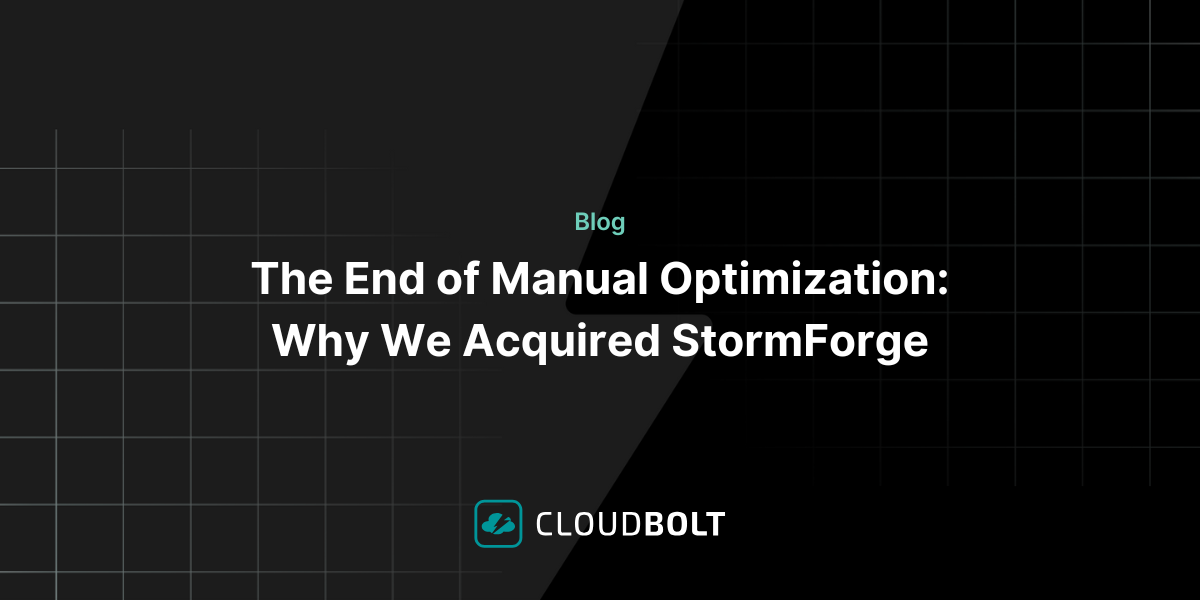Ensuring Long-Term Success in Automation: Continuous Improvement and Strategic Alignment [Run Phase – Part 3 of 3]
Throughout this series, we’ve emphasized that automation is more than just technology—it’s about the people, processes, and principles creating a solid foundation for success. In the Crawl and Walk phases, we discussed establishing and scaling automation by focusing on these critical elements.
Now, in the Run phase, your organization is ready to refine and enhance its automation strategy. But the challenge here is not just about maintaining automation—it’s about ensuring your efforts are sustainable, scalable, and aligned with long-term business goals. In this final installment, we’ll explore how to embed continuous improvement, strategic alignment, and advanced technologies into your automation framework for sustained success.
Create a Culture of Continuous Improvement and Innovation
At the Run stage, automation should foster a culture of continuous improvement and innovation. Leading organizations apply continuous improvement frameworks like Kaizen or Six Sigma to automation processes. The Kaizen approach encourages all employees to make minor, incremental enhancements to processes, while Six Sigma provides a more formal, data-driven framework for reducing variation and improving efficiency. Blending these methodologies creates an environment where innovation and improvement become part of the everyday work culture.
Actionable Tip
Dedicate specific “innovation days” where teams have the freedom to brainstorm and test new automation ideas. This fosters a proactive problem-solving culture, where employees continuously look for ways to optimize and future-proof automation.
Innovation isn’t just about solving immediate problems; it should also focus on long-term growth and efficiency. Encourage teams to take a proactive approach to problem-solving by anticipating challenges and identifying opportunities for further automation. This could involve conducting regular what-if scenarios to explore potential future challenges or setting up dedicated innovation labs where teams can experiment with new automation ideas.
Align Automation with Strategic Objectives
As the organization’s long-term business goals evolve, so must automation initiatives. One way to maintain strategic alignment is to integrate dynamic planning processes where automation initiatives are regularly reviewed and adjusted to match evolving objectives. Static, multi-year automation plans can quickly become outdated in today’s fast-paced environment. Instead, focus on developing adaptive roadmaps that account for shifts in market dynamics, internal priorities, and emerging technologies.
Actionable Tip
Conduct quarterly strategic reviews to ensure your automation efforts remain aligned with the organization’s evolving objectives. Use these reviews to recalibrate initiatives, reprioritize projects, and incorporate feedback from key stakeholders.
Automation should be dynamic and flexible, ready to adjust to new business goals as they arise. Whether the company shifts focus to new markets, expands product lines, or responds to external pressures, automation must evolve alongside these changes. Regularly revisiting automation outcomes and strategic goals helps keep your efforts in sync with the bigger picture.
Ready to Run: A Guide to Maturing Your FinOps Automation
Get the guide

Develop a Continuous Feedback Loop
To keep automation relevant and effective, organizations need a robust feedback loop. Collect feedback not only from individuals working on automation projects but also from cross-functional teams who may interact with these processes. Teams working on automation projects can review each other’s workflows and provide constructive feedback, fostering knowledge sharing and cross-functional collaboration.
However, not all feedback is created equal. Prioritize data-driven feedback backed by performance metrics to ensure that the most actionable insights are applied. By integrating feedback with data analysis, teams can focus on improvements that deliver the highest ROI.
Actionable Tip
After gathering feedback, hold regular "feedback resolution meetings" to communicate what actions have been taken in response. This shows employees that their input leads to tangible improvements, which builds trust and engagement in the automation process.
The key to effective feedback is closing the loop—ensuring that feedback not only leads to action but is communicated back to the team. Once employees see that their feedback leads to real changes, they will likely further engage and trust in the automation process.
Leverage Advanced Analytics
At this stage, automation should no longer rely on reactive data analysis. Instead, organizations should move toward predictive and prescriptive analytics to avoid potential issues and optimize workflows in real time. Predictive analytics allows teams to forecast future trends based on historical data, helping to identify bottlenecks before they occur or to anticipate resource needs in advance.
Prescriptive analytics goes one step further, providing actionable recommendations on adjusting processes for optimal results. For example, these tools can automatically suggest adjustments to cloud resources or workflow changes based on real-time data, guiding teams toward the best outcomes for efficiency and cost-effectiveness.
Actionable Tip
Introduce prescriptive analytics tools that deliver recommendations on how to improve automation workflows. These tools can suggest resource reallocation or workflow adjustments, helping teams stay ahead of potential issues and maximize efficiency.
Risk Management
With increased automation comes increased risk. As automation takes over more processes, the potential for operational disruptions or security vulnerabilities grows. A comprehensive risk management strategy is essential to mitigate these risks. Start by developing a downtime recovery plan that outlines the steps to take in the event of system failures. This plan should include both immediate responses and long-term recovery strategies.
Equally important are security audits. Conduct regular assessments to ensure your automation systems comply with the latest security standards and regulatory requirements, such as GDPR or CCPA. Proactive risk management not only safeguards operations but also ensures that automation initiatives remain compliant and sustainable in the long run.
Actionable Tip
Assemble a dedicated risk management team responsible for monitoring automation workflows for security vulnerabilities, compliance risks, and operational threats. Regularly update your risk protocols to address new challenges as they arise.
Conclusion
The Run phase of automation is about ensuring your efforts are sustainable, scalable, and continuously improving. By fostering a culture of continuous innovation, aligning automation with strategic business objectives, leveraging advanced analytics, and managing risks effectively, you set your organization up for long-term success.
By following the principles outlined in the Crawl, Walk, and Run phases, your organization can achieve a seamless, sustainable automation journey that drives efficiency, innovation, and competitive advantage well into the future.
Thank you for following this three-part series on successful automation. If you’re ready to take your automation efforts to the next level, CloudBolt’s Augmented FinOps solution can guide you every step of the way—from automating repetitive tasks to achieving real-time optimization and strategic cloud cost alignment. Download our Ready to Run: A Guide to Maturing Your FinOps Automation ebook, and book a demo to see it in action and discover how our platform can accelerate your journey to the Run stage of FinOps automation.
Related Blogs

The End of Manual Optimization: Why We Acquired StormForge
Today is a big day for CloudBolt—we’ve officially announced our acquisition of StormForge. This marks a major milestone for us…

